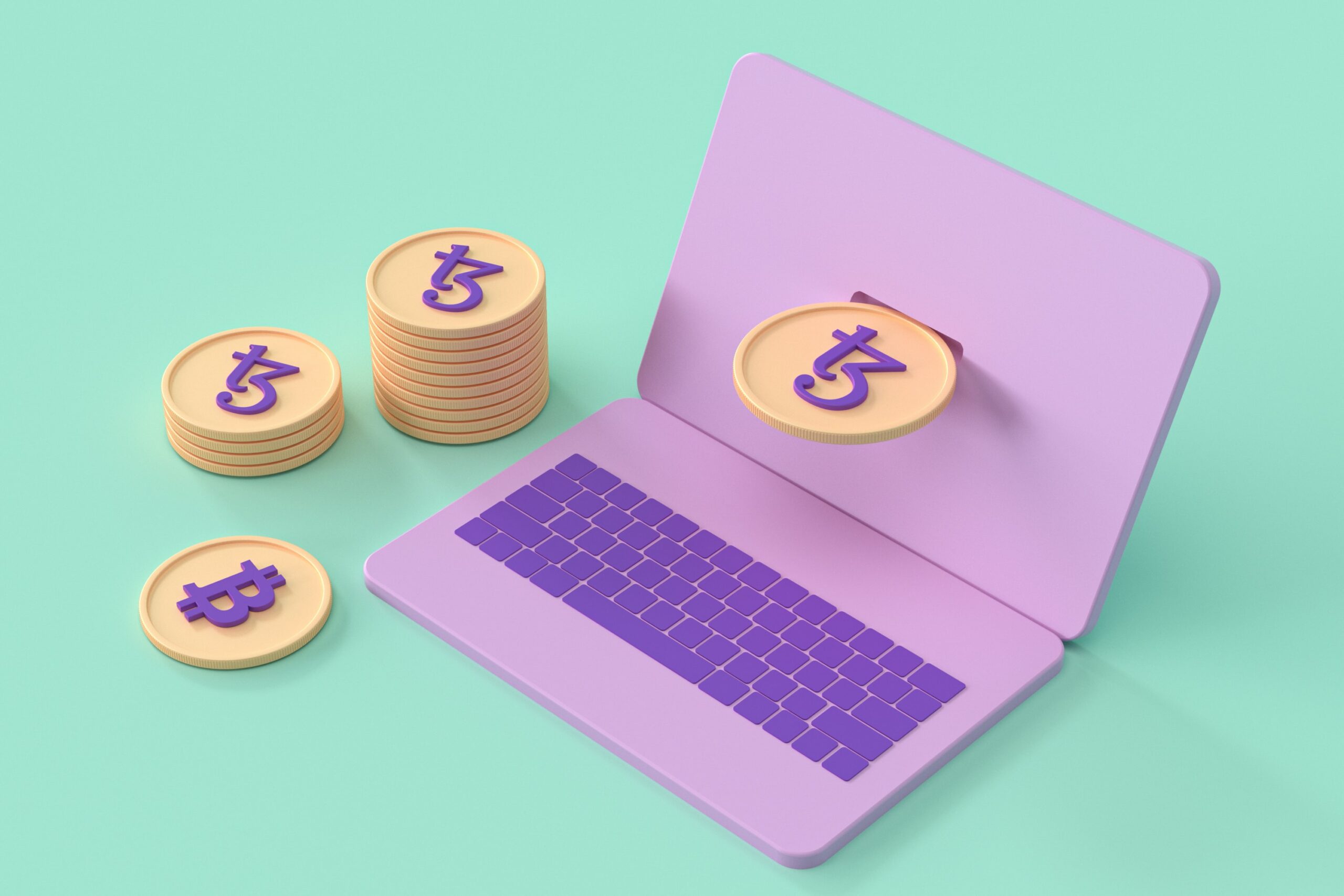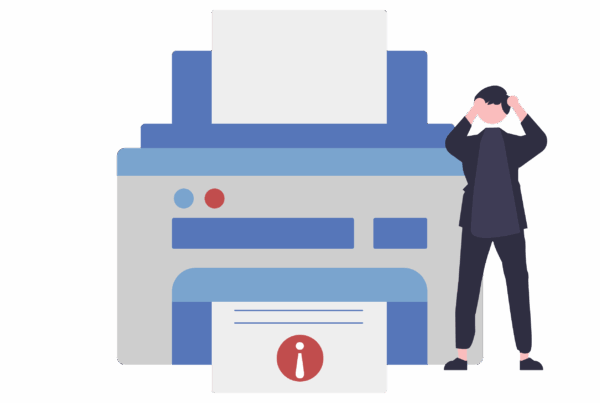
Imagine this: It’s a nice spring afternoon and you decide to visit an art gallery. You get dressed up, grab your keys and face mask (depending on COVID restrictions in your area) and leave your house. You walk through the city to your favourite gallery, feeling the light breeze on your cheeks. You pay for a ticket and start walking around. You can see the art, almost touch it. You might meet a few people who are also admiring paintings and sculptures. You wave and smile with your eyes.
Now imagine none of it is true. There is no need to physically go to the gallery and view art. We’ve arrived in an era when virtual galleries are becoming a reality. Digital art is gaining popularity, and Non-Fungible Tokens (NFTs) are making it that much more profitable for artists.
By now, we’re so used to sharing and viewing content online for free that it is second nature. But what if an art piece was enriched by a unique feature—an NFT?
We have been hearing so much about NFTs over the past few months. But what exactly are they? Non-Fungible Tokens. That’s it. It’s a piece of digital data, embedded in a file that is unique for that piece and that piece only. Just like a physical piece of art, a digital piece with an NFT is non-replicable. There is only one of its kind. And that is what gives it its value. These pieces cannot be exchanged or substituted with similar items of the same value. Just like physical art cannot be swapped for a similar piece with the same value.
NFTs have been around since 2015, but have recently gained in popularity. Many thanks to the National Basketball Association (NBA) in the US, which started selling “NBA Top Shots” in 2020—non-fungible short clips of basketball shots, similar to formerly popular basketball cards. Each is unique, has its value and cannot be substituted by another.
This new development has the potential to revolutionize the art world. NFTs act as a digital certificate of ownership of an art piece. After an NFT art piece is created, it is tokenized on a Blockchain (cryptocurrency service). This proves the artist’s legal ownership of the piece they created. And since a blockchain is secure and is hard to hack, tracking ownership is pretty easy. This helps the artist gain popularity and get their art out into the world. Anyone online can view their piece, and even share and copy it. You may think that this kind of defeats the purpose. If you can freely access it, view it and share it, why pay for the ownership? The trick is, unless you purchase the NFT, you can’t fake ownership. Just like with physical art, you can take a photo of it, or even make a copy. But unless you own the original piece with a certificate, your copy/photo is not of the same value as the original.
When you buy an NFT, it becomes your property and you can do with it as you please. However, the buyer does not possess any Intellectual Property Rights, such as the right of adaptation or reproduction. This is an exclusive right of the creator.
Creating digital art breaks the bounds artists have been bound by. Artists can now work more freely and independently. They have the right to sell their piece at a price they believe it deserves, set conditions before selling and much more. They also have the authority to rent and display their art as they please. It makes it also easier for them to distribute their art globally without limitations of their location.
It all sounds great, but every digital advancement comes with its risks. NFTs are sold on digital trading platforms. These operate similar to online shops. Vulnerabilities in these platforms are often caused by insufficient security considerations during the development phases. These oversights become the criminals’ target, once uncovered. They might either upload an artwork containing malicious code, steal people’s accounts or trade NFTs at a low price and resell them for profit.
According to HKCERT, there have been several cases of cybersecurity breaches in the NFT area. One of the latest occurred in February 2022 via a phishing attack on OpenSea (an NFT trading platform). A cybercriminal sent out an email to social engineering users into signing a contract and sending crypto assets to his wallet. The total amount stolen was $1.7 million.
It seems that most of the attacks are of a phishing nature. But there has also been a security vulnerability found in one of the trading platforms, OpenSea. It is one of the biggest and most popular of its kind. The vulnerability allowed NFT art pieces to be sold for less than 1% of the price floor, which caused problems for creators.
There are no limits to innovation and creativity. NFTs and digital art are proving that progress cannot be stopped. And it should not be. Progress is here to stay and develop. But where there is progress there are risks. ESET has been protecting progress and development since its establishment over 30 years ago. Security of digital users is priority number one; this means making sure that the progress we as humans have made is protected so we can safely step into the future.
Where technology enables progress, ESET is here to protect it.



